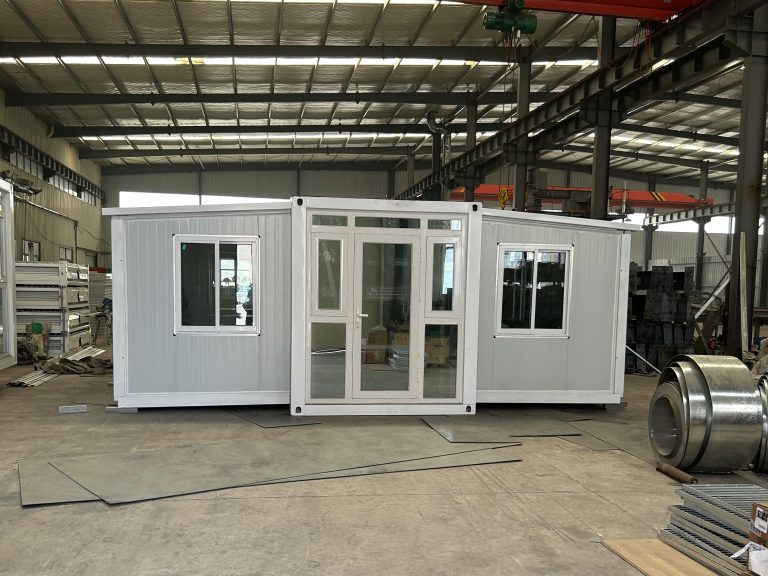Table of Contents
Benefits of Steel Structure in Subway Station Design
Steel structure subway station design offers numerous benefits in providing convenient access to urban traffic. The use of steel in the construction of subway stations has become increasingly popular due to its durability, flexibility, and cost-effectiveness. In this article, we will explore the advantages of using steel structures in subway station design.
One of the key benefits of steel structure subway station design is its durability. Steel is a strong and resilient material that can withstand extreme weather conditions, heavy foot traffic, and potential impacts from vehicles. This durability ensures that subway stations built with steel structures will have a long lifespan, reducing the need for frequent repairs and maintenance.
In addition to its durability, steel is also a flexible material that allows for creative and innovative design solutions. Steel structures can be easily customized to fit the specific needs and requirements of a subway station, whether it be a large underground hub or a small above-ground platform. This flexibility in design allows architects and engineers to create unique and visually appealing subway stations that enhance the overall urban landscape.
Furthermore, steel structure subway stations are cost-effective in both the short and long term. The initial cost of using steel may be higher than other building materials, but the long-term savings in maintenance and repair costs make it a wise investment. Steel structures require minimal upkeep and are resistant to corrosion, reducing the need for frequent repairs and replacements.
Another advantage of steel structure subway station design is its sustainability. Steel is a recyclable material that can be reused and repurposed, making it an environmentally friendly choice for construction projects. By using steel in subway station design, cities can reduce their carbon footprint and contribute to a more sustainable urban environment.

Moreover, steel structures are quick and easy to assemble, reducing construction time and minimizing disruptions to urban traffic. Subway stations built with steel can be erected in a fraction of the time it takes to build traditional concrete structures, allowing for faster completion and opening to the public. This efficiency in construction helps to improve overall accessibility to urban traffic and enhances the commuter experience.
In conclusion, steel structure subway station design offers a wide range of benefits in providing convenient access to urban traffic. From its durability and flexibility to its cost-effectiveness and sustainability, steel is a versatile material that can enhance the design and functionality of subway stations. By choosing steel for subway station construction, cities can create efficient and visually appealing transportation hubs that improve the overall urban landscape.
Maximizing Convenience and Efficiency in Urban Traffic Access with Steel Structure Subway Stations
Steel structure subway stations have become a popular choice for urban planners looking to maximize convenience and efficiency in urban traffic access. These stations are designed to provide easy access to public transportation while also offering a durable and cost-effective solution for urban infrastructure. By utilizing steel as the primary material for construction, these subway stations are able to withstand the demands of heavy foot traffic and harsh weather conditions.
One of the key advantages of steel structure subway stations is their ability to be constructed quickly and efficiently. Steel is a versatile material that can be prefabricated off-site and then assembled on-site, reducing construction time and minimizing disruptions to traffic flow. This makes steel structure subway stations an ideal choice for urban areas where space is limited and construction timelines are tight.
In addition to their quick construction time, steel structure subway stations are also highly durable and require minimal maintenance. Steel is a strong and resilient material that can withstand the wear and tear of daily use, making it an ideal choice for high-traffic areas such as subway stations. This durability ensures that steel structure subway stations will remain in good condition for years to come, providing a reliable and long-lasting solution for urban transportation needs.
Furthermore, steel structure subway stations are also cost-effective compared to traditional construction methods. The prefabrication process reduces labor costs and construction time, while the durability of steel ensures that maintenance costs are kept to a minimum. This makes steel structure subway stations a cost-effective solution for urban planners looking to maximize their budget while still providing a high-quality transportation infrastructure for their city.
Another advantage of steel structure subway stations is their flexibility in design. Steel can be easily shaped and molded to create unique and innovative architectural designs, allowing urban planners to create subway stations that are not only functional but also aesthetically pleasing. This flexibility in design allows for a more customized approach to urban infrastructure, ensuring that steel structure subway stations blend seamlessly into their surroundings and enhance the overall urban landscape.
In conclusion, steel structure subway stations offer a convenient and efficient solution for urban traffic access. Their quick construction time, durability, cost-effectiveness, and flexibility in design make them an ideal choice for urban planners looking to maximize the efficiency of their transportation infrastructure. By utilizing steel as the primary material for construction, these subway stations provide a reliable and long-lasting solution for urban transportation needs, ensuring that residents have easy access to public transportation while also enhancing the overall urban landscape. With their many advantages, steel structure subway stations are sure to play a key role in the future of urban transportation.






